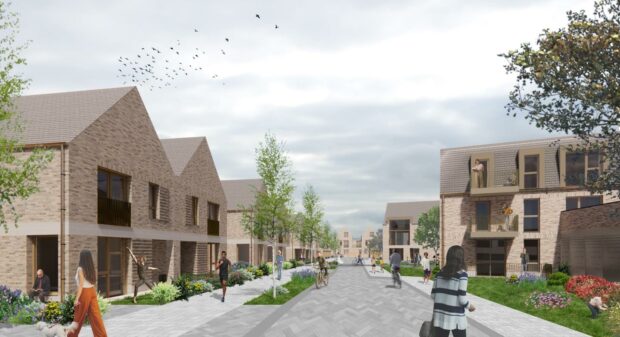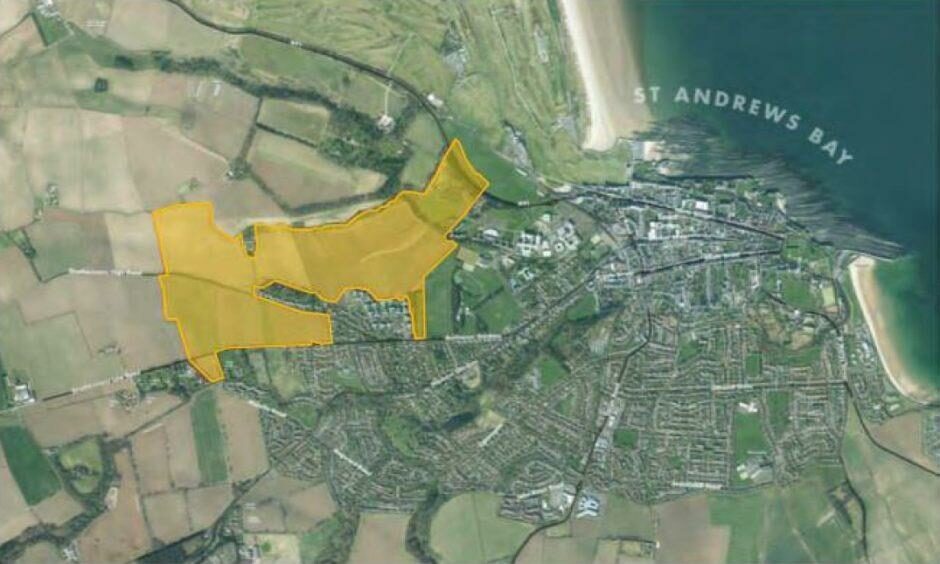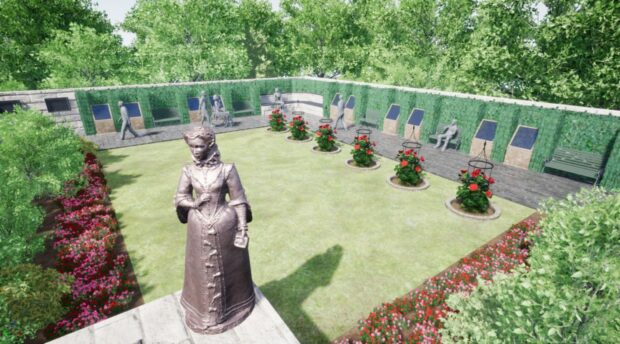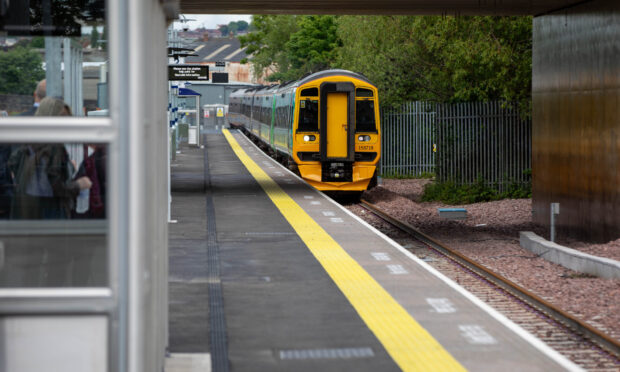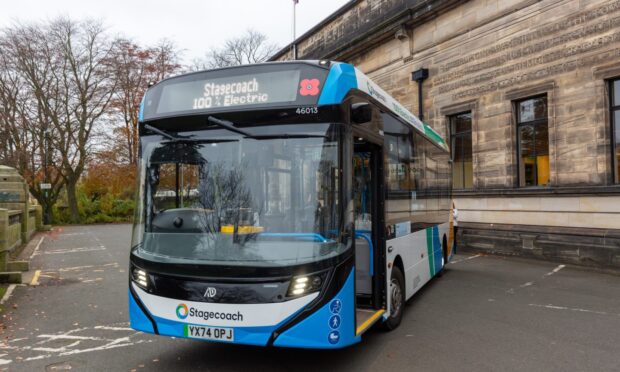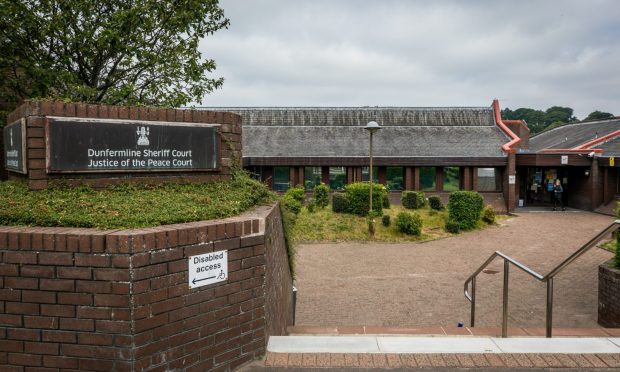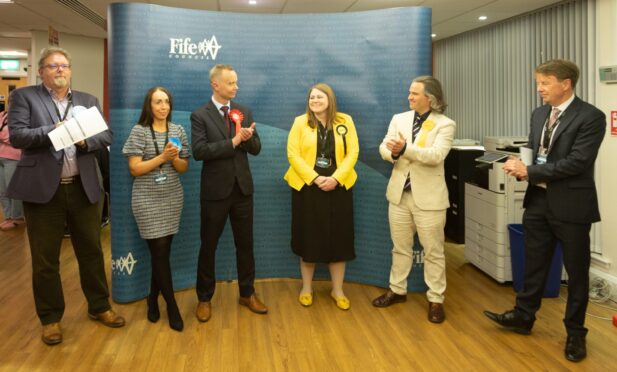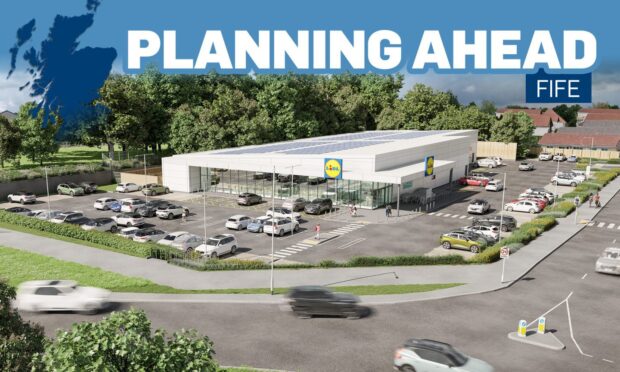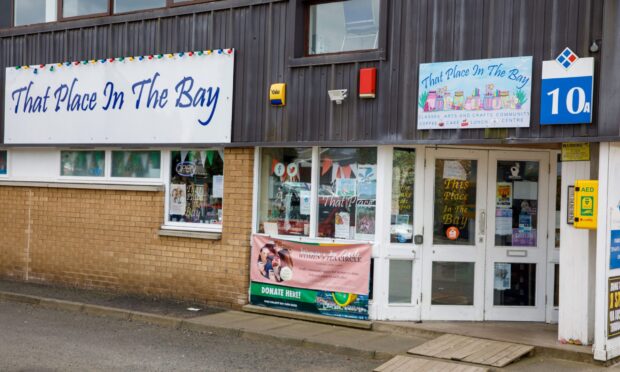Designs for the first homes in a 900-house St Andrews development have been revealed.
An application has been lodged with Fife Council for the first phase of the St Andrews West masterplan.
Work on the first 96 homes could begin as early as next summer – with hundreds more to follow.
The development plan by Headon S1 was approved in June 2019 but individual applications are required for each phase.
This first application, designed by Studio LBA, is for 96 homes. They will be a mixture of terraced, semi-detached, flats and maisonettes.
Should the plans be approved, it is hoped that ground would be broken in summer next year.
The overall development aims to enhance and expand the north east Fife town.
It will be made up of up to 900 new homes along with a business park, shops, residential, university, business, education, local retail and community uses as well as associated infrastructure.
The development will cover land south of the Swilken Burn and on both sides of Strathkinness High Road, to the west of St Andrews.
‘Exemplar new urban development’
Joe Headon, director at Headon S1 St Andrews West, said: “We are delighted to be submitting this planning application for the first new homes, as well as transport links and greenspace at St Andrews West.
“Our vision for St Andrews West has evolved over many years and this phase aims to deliver an exemplar new urban development, with a long-term commitment to the town and community.
“Whilst being an exciting new contemporary design, our proposals have been undertaken with clear regard to the sensitivities of placing this development in such a historic town.
“The design has been developed through careful studies, analysis and gaining an understanding of the wider context of St Andrews.
“We look forward to continuing to engage with the local community on future development proposals as they emerge.”
The application says low and zero carbon technologies, biodiverse landscaping and reduced energy consumption will help make the design more sustainable.
It also includes dedicated cycle lanes and connections to wider public transport networks to encourage sustainable travel and green social spaces.
